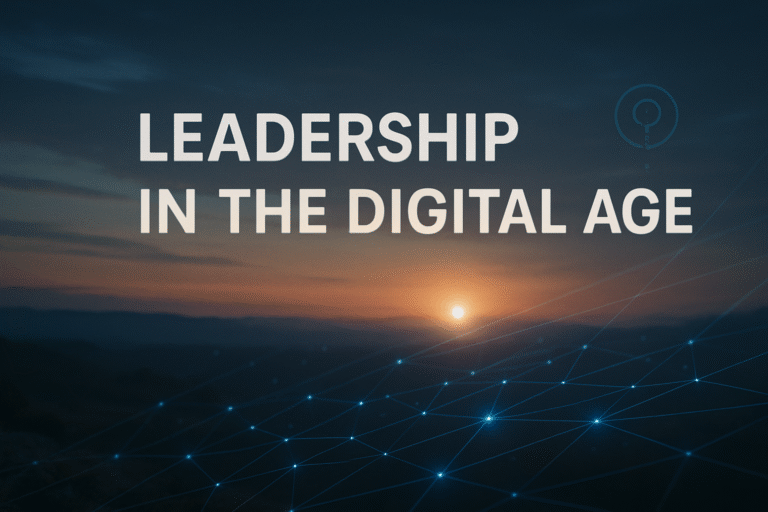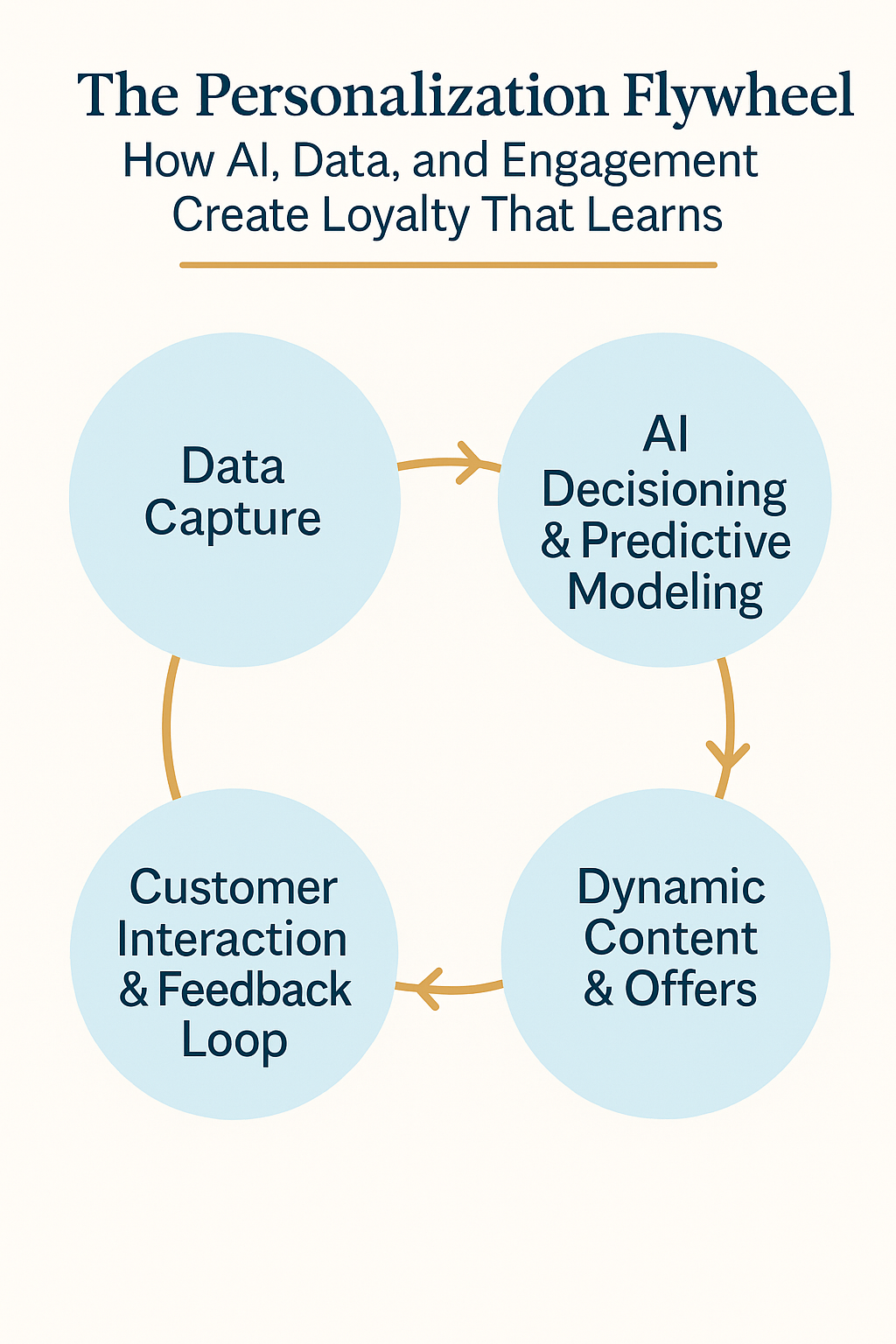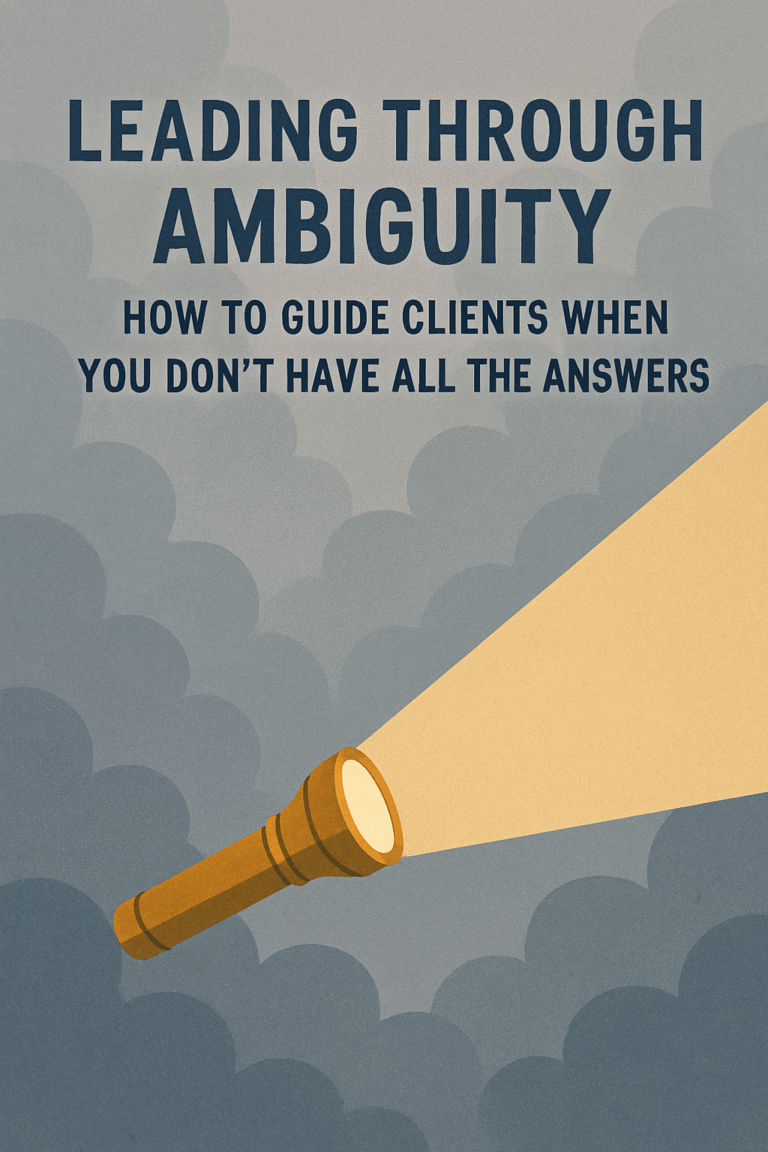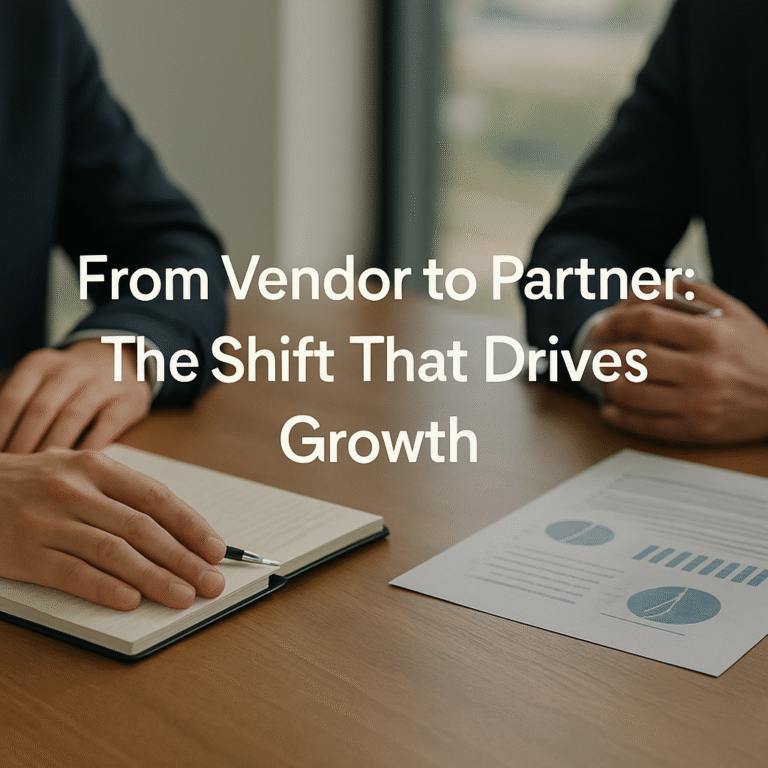For years, the Quarterly Business Review (QBR) has been a staple of client relationship management. It’s how agencies and vendors demonstrate value, report on performance, and align on the future. On paper, it’s a powerful tool. In practice, though, it’s often fallen flat.
In too many cases, QBRs have become predictable, templated, and backward-looking. Slides are recycled. Metrics are reported but rarely contextualized. And many clients are juggling competing priorities, so they are sitting through these sessions with polite attention, but not genuine engagement.
It begs the question: Are QBRs still the best way to deliver value to our clients?
After nearly 25 years in strategic account leadership and client services, I believe the answer is more nuanced. The QBR isn’t inherently broken, but our mindset around it is. It’s time to stop treating the QBR as an event and start reimagining how we engage clients around value, strategy, and growth all year long.
The QBR Trap: How Good Intentions Lose Impact
QBRs were originally designed to create structured time for strategic reflection. But over time, they’ve morphed into a formulaic ritual:
- Slide deck with performance metrics
- A review of completed campaigns or deliverables
- A look at what’s planned for the next quarter
- A pitch for new ideas or budget allocations
While none of that is inherently bad, the format often misses the mark. The biggest issues I see:
- Too retrospective. Clients already lived the past 90 days and they don’t need a play-by-play. They want forward-looking insights.
- Lack of customization. Decks feel generic, filled with metrics but light on meaning.
- Missed opportunity for innovation. Instead of using the time to co-create, we spend it reviewing.
- Low engagement. If your client is checking their inbox during your QBR, the value exchange is broken.
We must remember: clients don’t pay us to report on what happened. They partner with us to help shape what happens next.
What Clients Actually Want from Strategic Partners
Clients today are under more pressure than ever. Budgets are scrutinized. Results must be tied to business outcomes. And vendors who don’t bring fresh ideas are quickly replaced.
Here’s what clients really want in every interaction, whether a QBR or not:
- Proactive insight. They want someone who can connect the dots and see what’s coming next.
- Market intelligence. What are others doing? What’s working? Where are the risks?
- Clear impact. Show how your work connects to their KPIs and not just campaign stats, but business value.
- Challenging questions. Smart clients want to be pushed. They want someone who thinks with them, not just for them.
- Agility. They need a partner who can pivot with them, not someone stuck to a quarterly cycle.
This is where many QBRs fall short. They’re structured for reporting, not collaboration. They’re geared toward reviewing, not ideating. And they often feel like vendor performance reviews rather than strategic working sessions.
A New Approach: Value Conversations, Not Quarterly Rituals
So, what’s the alternative? Do we throw out QBRs altogether?
Not necessarily. But we must reframe their purpose and broaden our definition of value delivery. Here’s what that looks like in practice:
1. Treat Every Interaction as Strategic
Instead of anchoring your strategy around a QBR, treat every client conversation as an opportunity to deliver insight, elevate thinking, or uncover a new opportunity. Think of yourself not as a presenter, but as a strategic co-pilot.
Even in quick check-ins, you can:
- Share a relevant trend or competitor move
- Ask a thoughtful question that uncovers a new goal
- Recommend a small pilot that connects to a larger outcome
These “micro-moments” often build more trust and momentum than a quarterly meeting ever could.
2. Shift from Reporting to Storytelling
Metrics are necessary, but alone, they’re not enough. What matters is what the numbers mean and what to do next. That’s where storytelling comes in.
Good storytelling in a client context means:
- Tying performance to strategic goals
- Using data to frame opportunities
- Highlighting wins and learnings with candor
- Connecting the client’s story to broader market dynamics
If you can articulate your client’s progress in their language, with your insights layered on top, you move from vendor to advisor.
3. Build Dynamic, Living Dashboards
Rather than waiting for the QBR to share performance data, give clients ongoing visibility into what matters. This could mean building:
- Real-time dashboards customized to their KPIs
- Monthly health checks with short, strategic summaries
- “Always-on” feedback loops through Slack or shared workspaces
When you demystify performance and build trust through transparency, you free up QBRs (and other meetings) to focus on what matters: future planning, innovation, and risk mitigation.
4. Create Collaborative Planning Moments
Think about your most impactful client meetings. They probably weren’t one-way presentations and were working sessions where you brainstormed, debated, and made decisions together.
You can engineer more of those moments by:
- Turning your QBR into a co-creation workshop
- Facilitating roadmap reviews with open discussion, not just slides
- Bringing client stakeholders together across departments to align on goals
This kind of engagement deepens relationships and strengthens your value as a connector and problem-solver.
5. Always End with “What’s Next?”
Whether it’s a quarterly review, a monthly touchpoint, or a 15-minute call, every conversation should lead to action. Summarize the next steps. Define ownership. Confirm the “why.”
When clients leave knowing exactly what’s happening next and why it matters, they see your value more clearly.
Final Thoughts: Strategy Is Not a Slide Deck
If we want to lead client relationships, not just manage them, we must move beyond the QBR as a static, backward-looking report.
It’s time to elevate the conversation. To focus less on what we did and more on what’s next. To become trusted strategic partners who anticipate needs, unlock ideas, and create real business impact.
The QBR isn’t going away, but let’s make sure it evolves. Let’s turn it into something more dynamic, more insightful, and more valuable.
Because in this market, value isn’t just what you deliver, it’s how you show up.





